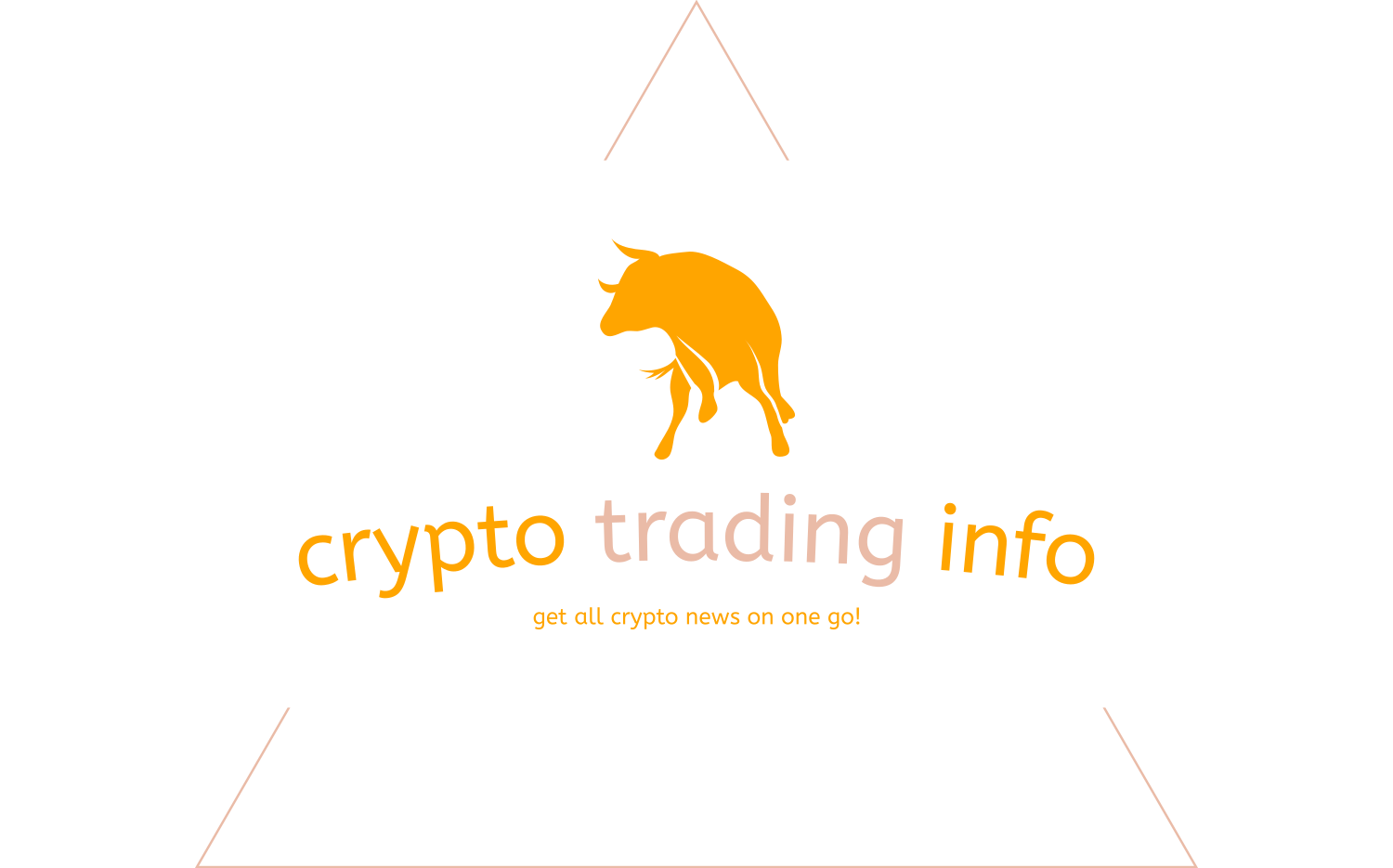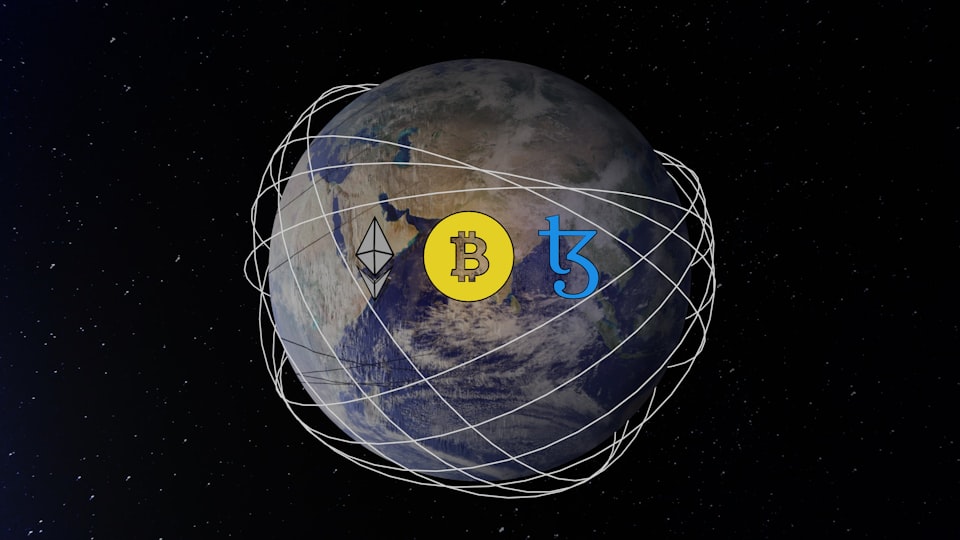DeFi vs. Traditional Finance: A Beginner's Guide

The world of finance has undergone a significant transformation with the rise of decentralized finance (DeFi). This innovative ecosystem, built on blockchain technology, is challenging the traditional finance industry, offering an alternative way to manage and access financial services. In this beginner's guide, we'll explore the fundamental differences between DeFi and traditional finance, shedding light on the benefits and drawbacks of each approach.
Understanding Traditional Finance
Traditional finance refers to the established financial system governed by centralized institutions, such as banks, credit unions, and government agencies. This system has been in place for centuries and serves as the backbone of modern economies. Here are some key aspects of traditional finance:
- Centralized Control: Traditional financial institutions act as intermediaries, controlling the flow of money, lending, and investment activities.
- Regulatory Oversight: The traditional finance industry is heavily regulated by government bodies, aiming to maintain stability and protect consumers from financial risks.
- Access and Eligibility: Access to financial services is often contingent on meeting specific criteria, such as credit scores, income levels, and documentation requirements.
- Limited Accessibility: Traditional finance services may have limited accessibility, restricted by physical locations, operating hours, and bureaucratic processes.
- Opacity: The inner workings of traditional financial institutions are often opaque, making it challenging for customers to understand the intricacies of their operations.
The Rise of Decentralized Finance (DeFi)
Decentralized finance, or DeFi, is a relatively new and rapidly evolving ecosystem built on blockchain technology, primarily the Ethereum network. Unlike traditional finance, DeFi operates in a decentralized manner, leveraging smart contracts and distributed ledgers. Here are some key characteristics of DeFi:
- Decentralization: DeFi applications (dApps) operate on decentralized networks, eliminating the need for intermediaries and centralized control.
- Transparency: DeFi transactions are recorded on public blockchains, providing transparency and auditability.
- Global Accessibility: DeFi services are accessible to anyone with an internet connection, regardless of geographic location or traditional barriers.
- Permissionless: DeFi protocols are open-source and permissionless, allowing anyone to participate without the need for approvals or extensive documentation.
- Composability: DeFi protocols and applications can be combined and integrated, fostering innovation and the creation of new financial products and services.
Key Differences between DeFi and Traditional Finance

1. Intermediaries and Control
Traditional finance relies heavily on centralized intermediaries, such as banks and financial institutions, which act as gatekeepers and control the flow of funds. In contrast, DeFi operates on decentralized networks, eliminating the need for intermediaries. Transactions are facilitated directly between parties through smart contracts, providing greater control and autonomy.
2. Accessibility and Inclusivity
Traditional finance often imposes barriers to entry, such as credit checks, minimum balances, and geographic limitations. DeFi, on the other hand, is designed to be more inclusive and accessible. Anyone with an internet connection and a compatible cryptocurrency wallet can participate in DeFi protocols, regardless of their location or financial status.
3. Transparency and Privacy
Traditional finance institutions are often criticized for a lack of transparency, making it difficult for customers to understand the inner workings of their operations. DeFi, built on blockchain technology, offers transparency by design, as all transactions are recorded on a public ledger. However, it's important to note that while DeFi transactions are pseudonymous, they are not entirely anonymous, as blockchain addresses can be traced.
4. Regulation and Compliance
The traditional finance industry is heavily regulated by government agencies and financial authorities, with strict compliance requirements to ensure consumer protection and market stability. DeFi, being a decentralized ecosystem, operates largely outside the scope of traditional financial regulations, which can be seen as both an advantage and a potential risk, depending on one's perspective.
5. Innovation and Composability
Traditional finance is often criticized for being slow to innovate and adapt to new technologies. DeFi, on the other hand, is built on open-source protocols and smart contracts, enabling rapid innovation and the composability of different applications and services. This modularity allows developers to build new financial products by combining existing DeFi protocols.
Benefits of DeFi
- Financial Inclusivity: DeFi protocols are open to anyone with an internet connection, promoting financial inclusivity and accessibility.
- Higher Yields: Many DeFi lending and borrowing platforms offer higher interest rates compared to traditional financial institutions, benefiting both lenders and borrowers.
- Transparency: The transparency of DeFi transactions and protocols provides users with greater visibility and control over their funds.
- Composability: The modular nature of DeFi protocols allows for the creation of new financial products and services through composability.
- Censorship Resistance: DeFi operates on decentralized networks, making it resistant to censorship and interference from centralized authorities.
Risks and Challenges of DeFi
- Regulatory Uncertainty: The lack of clear regulatory frameworks for DeFi creates uncertainty and potential risks for users and developers.
- Security Concerns: Smart contract vulnerabilities and hacks have led to significant losses in the DeFi ecosystem, highlighting the need for robust security measures.
- Volatility: The cryptocurrency markets, which underpin DeFi, are known for their volatility, introducing risks for users and investors.
- Complexity: DeFi protocols and applications can be complex and require a certain level of technical understanding, creating barriers for adoption by less tech-savvy users.
- Limited Scalability: The underlying blockchain networks, such as Ethereum, currently face scalability challenges, which can impact the performance and adoption of DeFi applications.
Exploring DeFi Platforms and Services
The DeFi ecosystem is rapidly evolving, with various platforms and services catering to different financial needs. Here are some popular DeFi platforms and services:
- Lending and Borrowing: Platforms like Aave, Compound, and Maker enable users to lend and borrow cryptocurrencies, earning interest or paying interest based on market rates.
- Decentralized Exchanges (DEXs): DEXs like Uniswap, SushiSwap, and Curve enable users to trade cryptocurrencies in a decentralized manner, without the need for centralized exchanges.
- Yield Farming: Platforms like Yearn.finance and Harvest.finance allow users to participate in yield farming, a process of generating returns by lending or staking cryptocurrencies.
- Stablecoins: Projects like Dai, USDC, and Tether offer stablecoins, which are cryptocurrencies designed to maintain a stable value, often pegged to fiat currencies like the US dollar.
- Prediction Markets: Platforms like Augur and Polymarket enable users to trade on the outcomes of real-world events, creating decentralized prediction markets.
It's important to note that the DeFi ecosystem is constantly evolving, with new platforms and services emerging regularly. Before participating in any DeFi protocol or platform, it's crucial to conduct thorough research, understand the risks involved, and only invest what you can afford to lose.
The Future of Finance: Convergence or Divergence?
As DeFi continues to grow and gain mainstream attention, it's inevitable that traditional finance institutions will explore ways to integrate or adapt to this emerging ecosystem. Some experts believe that a convergence between DeFi and traditional finance is inevitable, as both systems may learn from each other and adopt beneficial aspects.
On the other hand, others argue that DeFi and traditional finance will remain separate, with DeFi serving as a parallel financial system catering to different needs and preferences. The future of finance may involve a coexistence of both systems, each serving its own niche and evolving to meet the changing demands of the market.
Regardless of the path it takes, the rise of DeFi has undoubtedly disrupted the traditional finance industry and opened up new possibilities for how we manage and access financial services.
Conclusion
The contrast between DeFi and traditional finance highlights the evolving landscape of the financial industry. While traditional finance offers stability and regulatory oversight, DeFi promises greater accessibility, transparency, and innovation. As with any emerging technology, DeFi comes with its own set of risks and challenges, including regulatory uncertainty, security concerns, and complexity.
Ultimately, the choice between DeFi and traditional finance will depend on individual preferences, risk tolerance, and specific financial needs. For those seeking greater control, transparency, and potentially higher yields, DeFi may be an attractive option. However, for those prioritizing stability, regulatory protection, and a lower risk appetite, traditional finance may be the preferred choice.
As the world of finance continues to evolve, it's crucial for individuals and businesses to stay informed and educated about the latest developments in both DeFi and traditional finance. By understanding the strengths and weaknesses of each approach, you can make informed decisions that align with your financial goals and risk tolerance.
The information provided in this article is for educational and informational purposes only and should not be construed as financial advice. Readers are advised to conduct their own research and consult with a qualified financial advisor before making any investment decisions.




